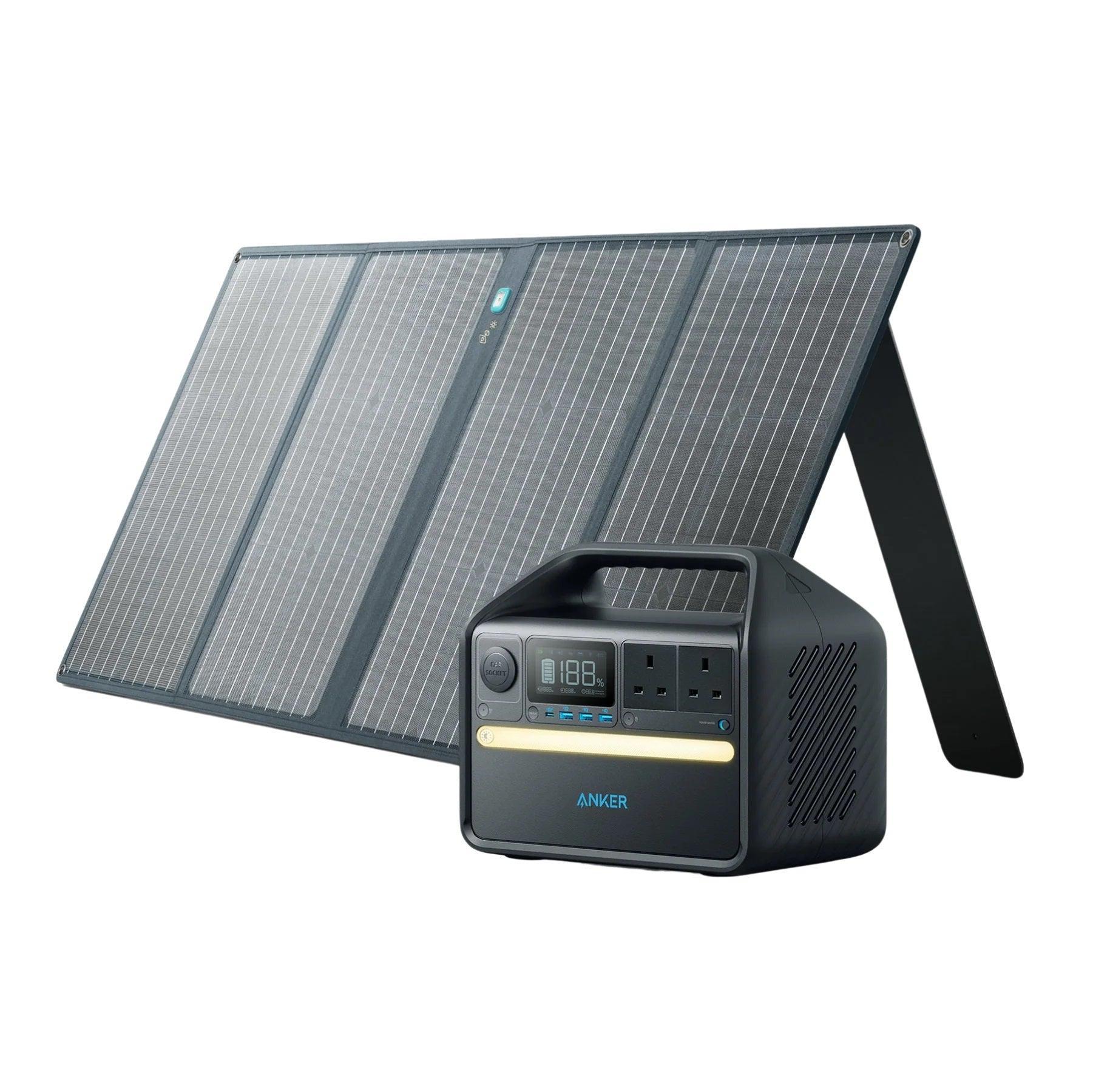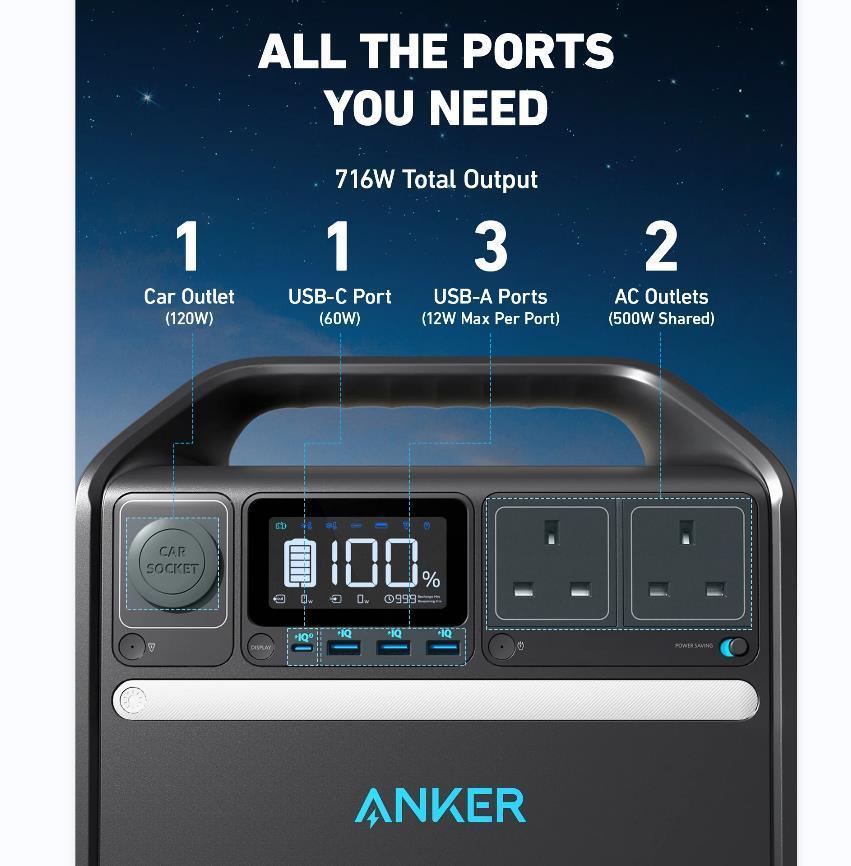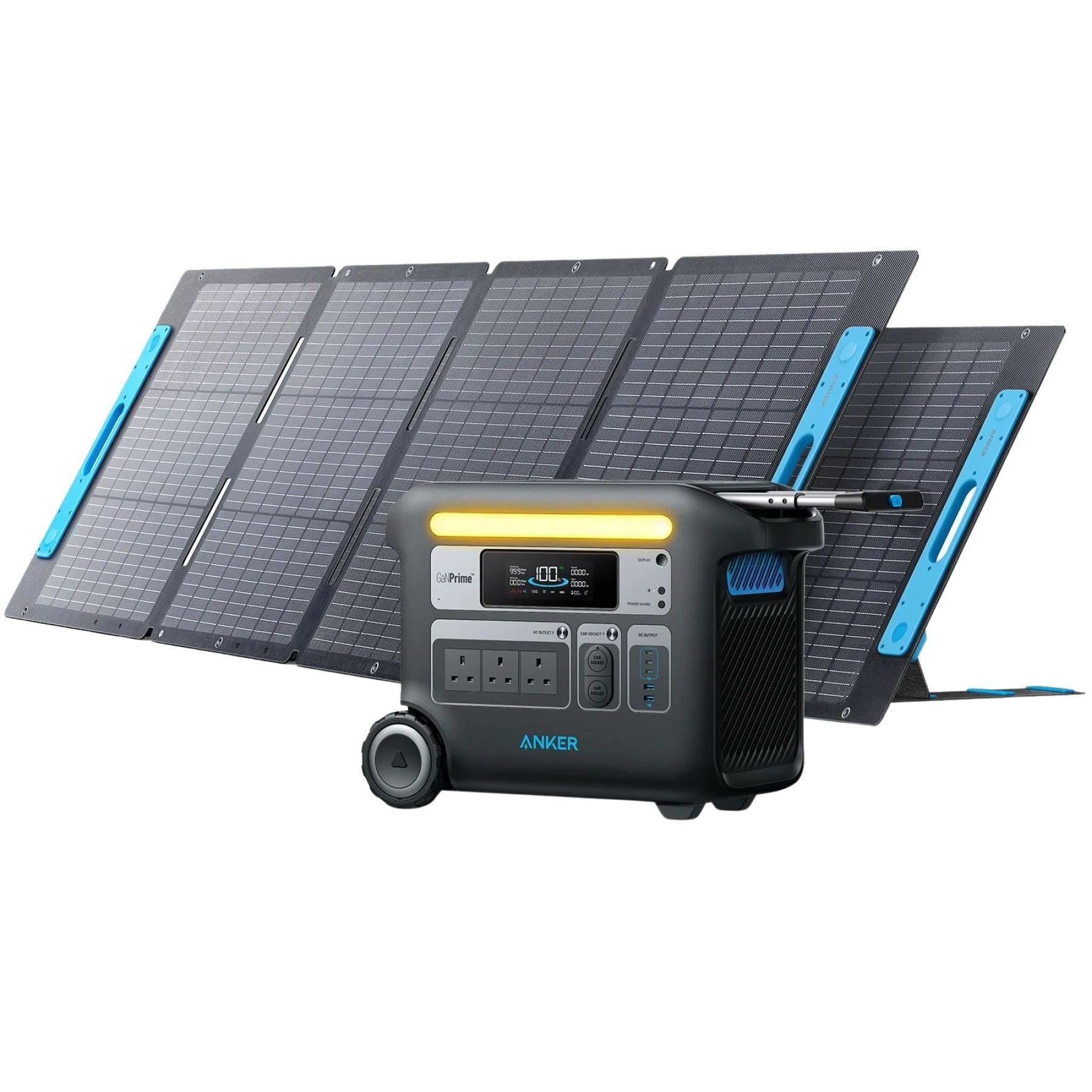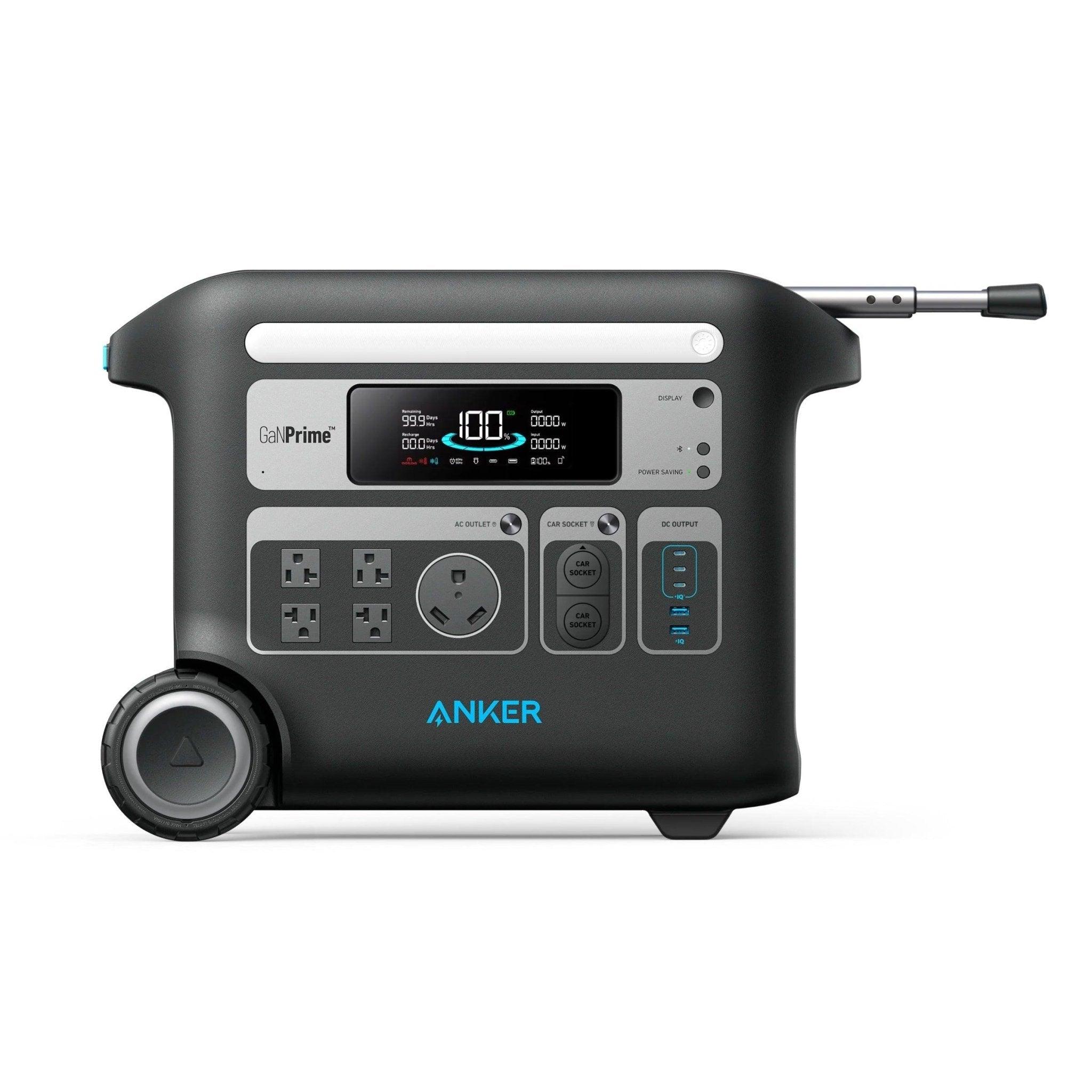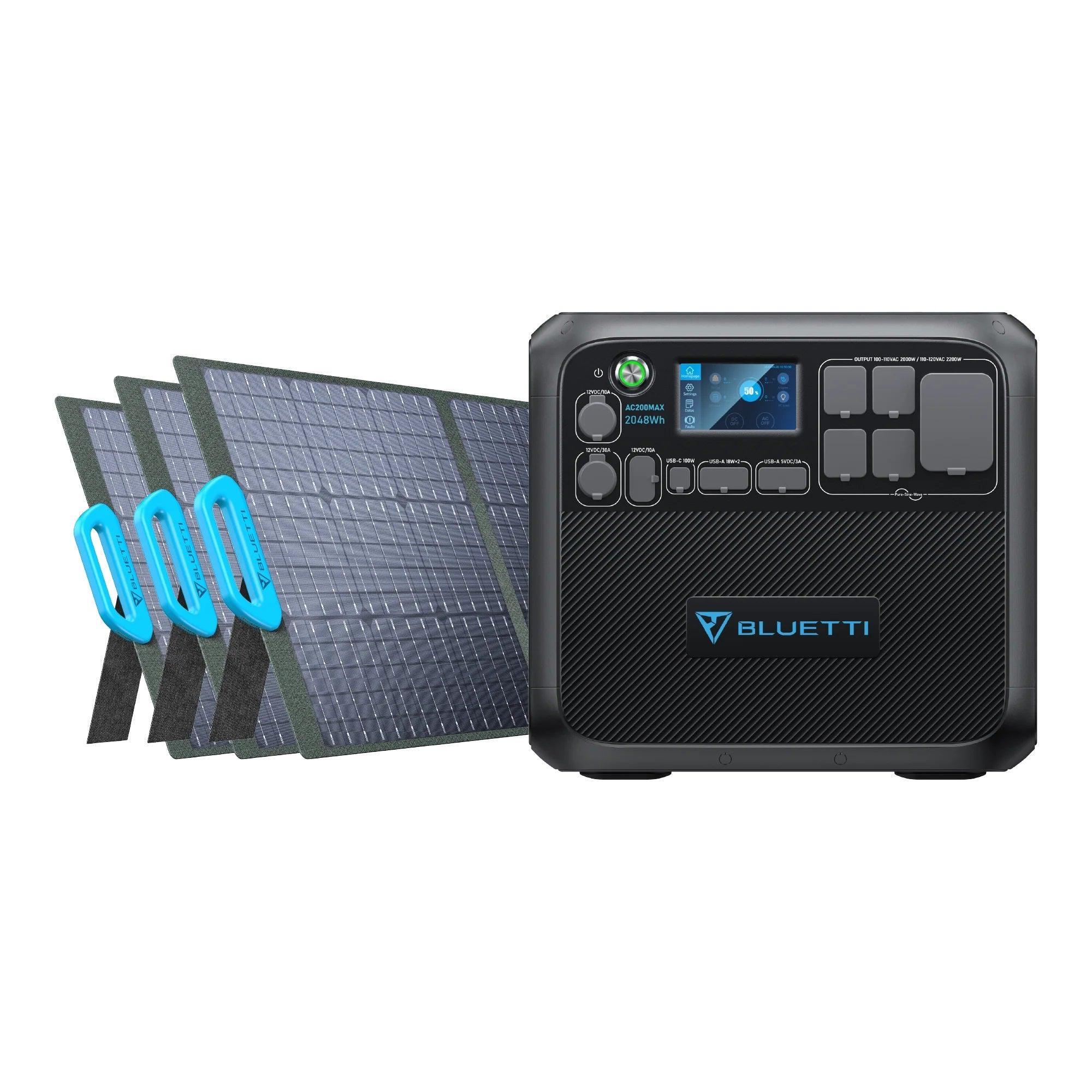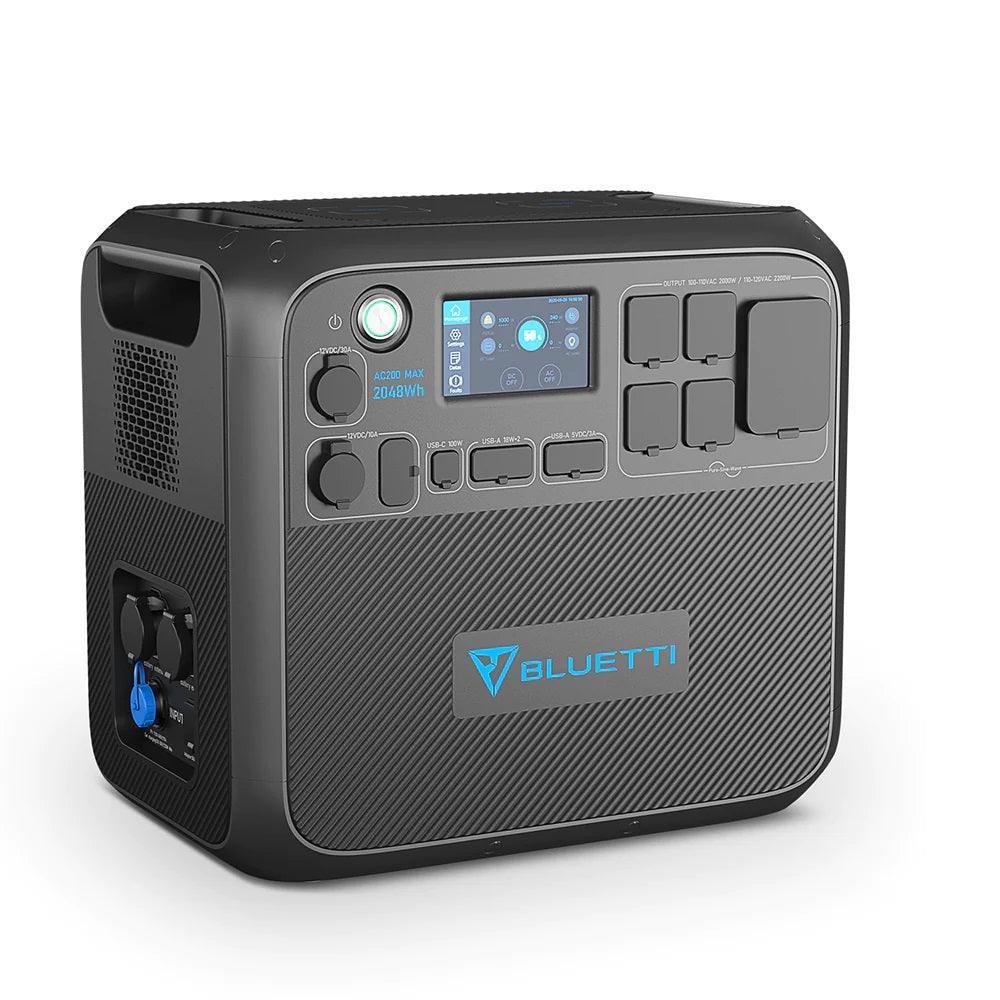Modern life is powered by electricity, and the appliances and devices we rely on daily contribute to the overall energy consumption of our homes. Have you ever wondered how many watts does it take to run a house? Understanding your energy needs can help you manage your electricity consumption more effectively, leading to both cost savings and reduced environmental impact. In this blog, we'll delve into the factors that influence how many watts to run a house per day, average energy consumption, and other related questions.

How Many Watts Does an Average Home Use?

The Energy Information Administration (EIA) states that the average American home uses around 10,632 kilowatt-hours (kWh) of electricity annually, which translates to an average of 29,130 watts (W) per day. When broken down, this means an average power consumption of approximately 1,214 W throughout the day. This figure, however, can vary significantly based on factors such as the number and type of appliances, the size of the home, and the location.
Factors That Influence How Many Watts Are Needed to Run a House
The wattage needed to power a house is influenced by a variety of factors. These factors include:
Number and Type of Appliances
The quantity and types of appliances in your home significantly impact energy usage. More appliances generally translate to higher power requirements. High-energy devices like air conditioners, water heaters, and ovens require more watts. Additionally, the usage frequency of appliances influences overall consumption.
Home Size
The square footage of your home directly affects energy needs. Larger homes typically require more lighting, more significant heating, and cooling systems, and potentially more appliances, which can lead to increased power consumption.
Location and Climate
Location and climate significantly influence house power needs. Geographic location dictates the severity of weather extremes, such as intense cold or heat, which in turn affects heating and cooling demands. Cold regions necessitate higher wattage for heating systems during winter, while hot areas require more energy for air conditioning in summer.
Occupants
The composition of a household and the daily routines of its occupants play a pivotal role in determining energy consumption patterns. In homes with a greater number of family members, the concurrent utilization of electronics, lighting, and appliances leads to a notable escalation in the demand for electrical power.
By understanding these factors, you can effectively manage electricity consumption and expenses.
Average Home Energy Consumption

Understanding the energy consumption patterns of your home's various areas and appliances is crucial for energy management. Let's delve into the energy use of different parts of the house:
Kitchen Energy Consumption
The kitchen is a focal point of energy consumption due to its numerous appliances. Considering the frequency of use and the simultaneous operation of these appliances, a significant portion of your overall wattage consumption is attributed to the kitchen:
- Oven: 2150 watts
- Dishwasher: 1200 to 1500 watts
- Microwave: 966 to 1723 watts
- Coffee Maker: 800 to 1400 watts
- Refrigerator: 150 to 400 watts
Laundry Room Energy Consumption
The laundry room's wattage demand is also substantial owing to the power-hungry washer and dryer.
- Dryer: 1,000 to 4,000 watts
- Washing Machine: 500 watts
Living Room Energy Consumption
Living rooms generally utilize fewer watts compared to other areas, as they house fewer appliances with lower energy demands. Here's an estimate of wattage for some living room devices:
- TV: 60 to 200 watts
- Laptop: 50 to 100 watts
Central Heating and Cooling Systems Energy Consumption
Heating and cooling systems, while dispersed throughout the home, tend to account for a significant portion of energy consumption:
- Portable Electric Fan Heater: 2,000 to 3,000 watts
- Central Air Conditioner: 1,000 to 4,000 watts
- Window AC Unit: 900 to 1,440 watts
- Central Heating Furnace: 340 watts
By gaining insight into the wattage needs of different rooms and appliances, you can make informed decisions about energy-efficient practices, timing appliance usage, and considering alternative energy sources.
How Many Watt Generator Is Needed to Run a House?
How many watt generator to run a house depends on various factors, including the size of the house, the number and type of appliances you want to power, and your specific energy needs. Here's a general guideline to help you determine the size of generator you might need:
- Small Appliances and Lights: For basic power during emergencies, a generator in the range of 3,000 to 5,000 watts can handle essentials like lights, a refrigerator, a microwave, and small electronics.
- Whole-Home Backup: For larger homes or those with higher energy demands, the range of 7,000 to 10,000 or more solar watts to run a house may be necessary. This can power most, if not all, appliances, including air conditioning and heating systems.
- Specific Appliances: If you only need to power certain critical appliances like a refrigerator, a sump pump, and some lights, a smaller generator with solar panels in the 1,000 to 2,000-watt range might be suitable.
Keep in mind that these are general estimates, and your actual power needs might vary. It's recommended to perform a detailed assessment of your appliances' starting and running wattages, and then add up these values to determine the solar generator size that fits your needs. If you're unsure, it's a good idea to consult with a professional electrician or generator installer to ensure you choose the right generator for your home's requirements.
Conclusion
In summation, learning how many watts to run your house will enable you to make decisions about your home’s energy needs. Knowing the average energy usage of similar homes in the same area can help you estimate your own consumption, while the specifics of your household will ultimately determine how much power will be required to keep things running efficiently and comfortably.

